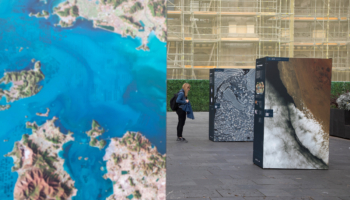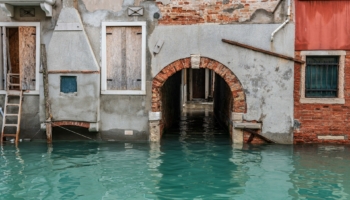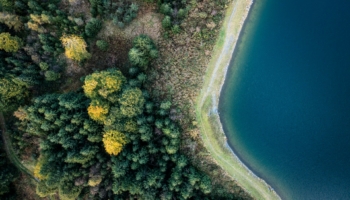The REMHI division conducts research and provides services related to local climate change and impact assessment, as well as support for defining adaptation actions and climate risk management. The division comprises four units, each with a specific focus:
- The Regional Model unit develops and utilizes regional climate models through participation in international programs to constantly improve knowledge on expected climate change condition at the local level. These analyses can also support the evaluation of the impact of climate change on various sectors and aid adaptation analyses.
- The Adaptation Engineering unit updates and improves analytical tools and assessments used in traditional civil engineering to address climate change challenges.
- The Climate Service unit offers constantly updated climate tools and services, also available thanks to the GIS platform Dataclime ( www.dataclime.com ) to study and tackle climate hazards and risks at the local level also including development of climate statistical downscaling tools.
- The Urban Risk and Adaptation unit develops and applies frameworks for evaluating climate risks and advancing knowledge on planning, designing, and managing adaptation solutions in urban settings.
REMHI Projects
Climate change is one of the major challenges that society faces in…
The implementation of the agreement foreseen the development of two activities, distinct…
REMHI Publications
Northwestern Mediterranean Heavy Precipitation Events in a Warmer Climate: Robust Versus Uncertain Changes With a Large Convection-Permitting Model Ensemble
Caillaud C.; Somot S.; Douville H.; Alias A.; Bastin S.; Brienen S.; Demory M.-E.; Dobler A.; Feldmann H.; Frisius T.; Goergen K.; Kendon E.J.; Keuler K.; Lenderink G.; Mercogliano P., Pichelli E.; Soares P.M.M.; Tölle M.H.; de Vries H.
2024, Geophysical Research Letters, Volume 51, Issue 6, doi: 10.1029/2023GL105143
Published articles
High performance computing to support land, climate, and user-oriented services: The HIGHLANDER Data Portal
Bottazzi, M., Rodríguez-Muñoz, L., Chiavarini, B., Caroli, C., Trotta, G., Dellacasa, C., Marras, G. F., Montanari, M., Santini M., Mancini, M., D'Anca A., Mercogliano P., Raffa M., Villani, G., Tomei, F., Loglisci, N., Gascón, E., Hewson, T., Chillemi, G., … Scipione, G.
2024, Meteorological Applications, 31(2), e2166, doi: 10.1002/met.2166
Published articles
Latest News
CMCC is a partner of the travelling exhibition examining the ocean’s dynamics as viewed from Space. The exhibition explores current efforts to protect our valuable marine ecosystems using stunning Earth observation satellite images, augmented reality, and interviews with experts, local decision-makers, and coastal inhabitants engaged in the United Nations Ocean Decade. It was inaugurated on April 8, 2024, at the Port of Barcelona, within the framework of the United Nations Ocean Decade Conference.
Sea-level rise and flooding are among the main climate change stressors challenging human society in the 21st century. Many coastal areas and cities are implementing innovative solutions to mitigate flood risks and enhance resilience.
Europe is the fastest warming continent in the world, and climate risks are threatening its energy and food security, ecosystems, infrastructure, water resources, financial stability, and people’s health. According to the European Environment Agency’s (EEA) assessment, coordinated with CMCC and published today, many of these risks have already reached critical levels and could become catastrophic without urgent and decisive action.
During a visit to the CMCC headquarters in Lecce, ISPRA President Laporta underscored the collaborative efforts between the two institutions, emphasizing their potential for further development. Both CMCC and ISPRA are dedicated to enhancing their partnership, particularly in pivotal areas such as operational oceanography, earth observation, and environmental resource management.
Research Units
Research Unit Leader
Mario Raffa
The REM unit develops and uses regional climate models (RCMs) to obtain detailed information on the current and future climate for different parts of the world. For years, REM has collaborated within international consortia to develop regional-scale climate models (COSMO CLM and ICON) and limited-area atmospheric models (COSMO and ICON). Thanks to its experience, REM is capable of producing high-resolution climate simulations, which allow for the evaluation of the impact of climate change on various sectors and support adaptation analyses. The unit currently focuses on the development and use of “convection-permitting” models and the definition of specific parameterizations for urban dynamics, actively collaborating with the international community to achieve these objectives. Among the most important research activities, there are studies on convective events (CPM), dynamic land use (LUCAS), and urban environments (URB-RCC) within the CORDEX program. Additionally, CMCC is involved in the EURO-CORDEX and MENA-CORDEX programs.
Research Unit Leader
Giuliana Barbato
The Climate Service Unit is dedicated to developing constantly updated climate tools and services to help study and tackle climate risks and hazards at the local level across the globe by using different type of data (satellite, observed and simulated). Additionally, the division creates statistical downscaling tools (including AI methods), which are less costly and faster than traditional dynamic models, and can be used for studying the impact of climate change and defining adaptation strategies. The Unit offers its services through the DATACLIME platform (www.dataclime.com), which has been used for several years by researchers, consulting firms, businesses, and policymakers. The Unit also engages stakeholders and policymakers through participatory processes.
Research Unit Leader
Guido Rianna
The Unit “Adaptation Engineering” has the ambition of updating and improving (in a nutshell, adapt) the analysis tools and the assessments of traditional civil engineering to deal with the challenges and, where appropriate, the opportunities associated with ongoing and expected climate change. In this regard, the Unit covers the main branches of civil engineering: hydrology and hydraulics (e.g. for pluvial/riverine/urban flooding, soil water budget, soil erosion) geotechnics (e.g. landslides), building technology (update of standards for constructions, management/adaptation of civil infrastructures).
Research Unit Leader
Alfredo Reder
The Urban Risk and Adaptation (URA) unit comprises a team of researchers with heterogeneous competencies (such as engineering, architecture, planning and social sciences), experts in urban climate risk assessment and developing climate change adaptation measures, strategies and strategies and policies. The Unit has the ambition to develop and apply qualitative and quantitative frameworks for the evaluation of climate risk and its components at the urban scale, with a particular interest in processes related to the heat island phenomenon and their consequences on different sectors, exposed assets and in particular on people (e.g. their health). URA also aims to advance knowledge on the planning, designing and managing adaptation solutions in urban settings to reduce observed and expected climate risks and promote co-design and capacity-building processes within adaptation processes at the territorial and urban scale.
REMHI Model
Webinar
Landslides and climate change: how to assess future impacts








